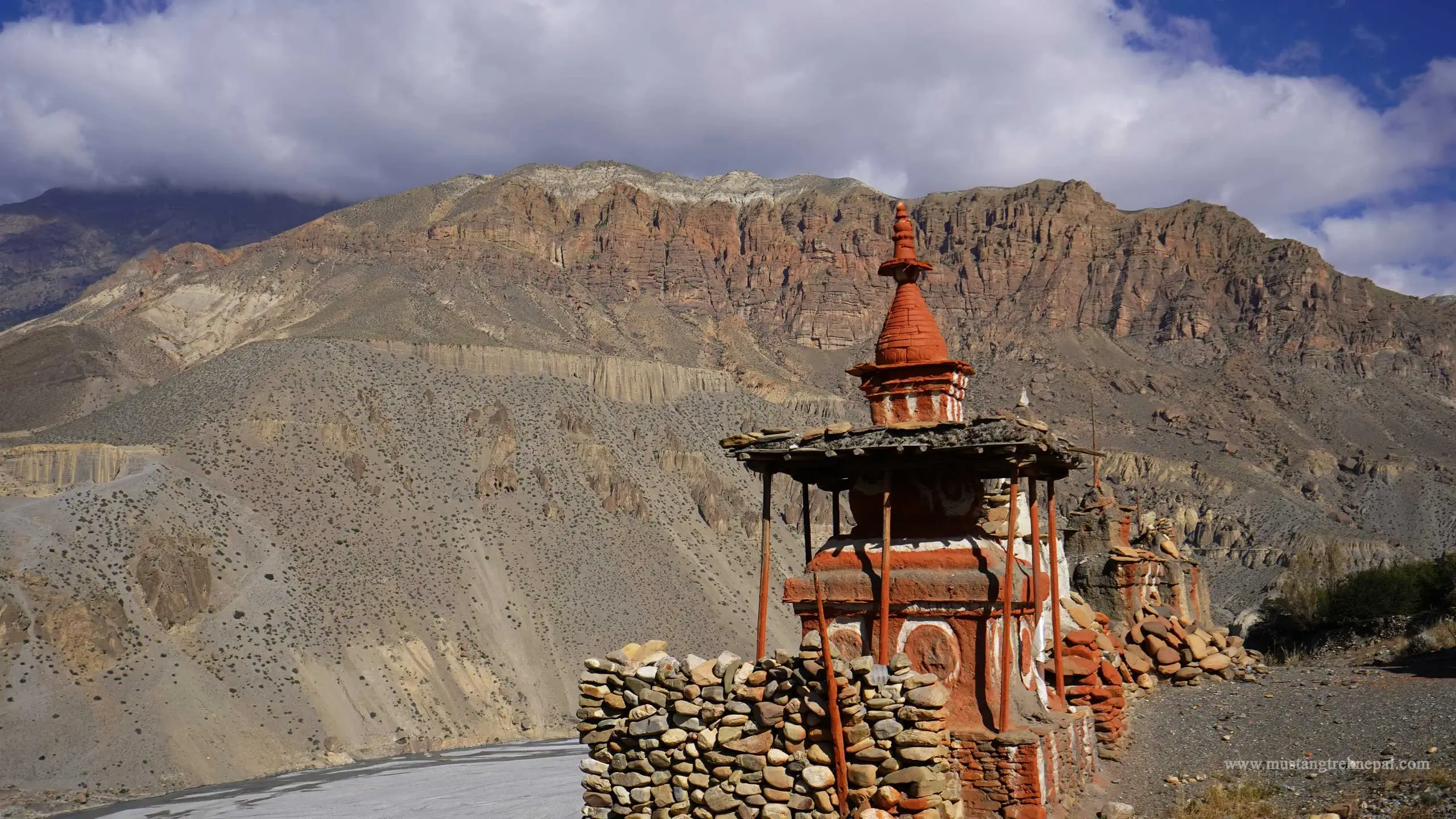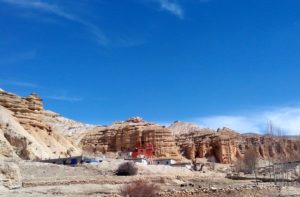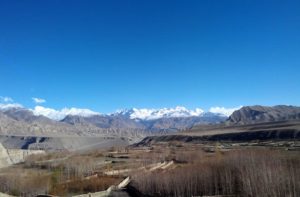Discover legend & history of Mustang, Kingdom of Lo

Discover legend & history of Mustang Nepal
History of the last forbidden Kingdom in Himalayas intimately linked with the religion, culture and olden times of Tibet. Now, Lo Manthang Nepal is only place in the world where real Tibetan culture still preserved well. Lo Manthang, is the walled capital of Upper Mustang, situated in the north of Nepal. It is located on an isolated rugged plateau and hidden behind snow-covered Himalayan Mountains. 
Due to this isolation, culture and lifestyle also remained pure and unchanged for centuries. Upper Mustang is known to be one of the places in the world that have preserved Tibetan culture in the world.
The recorded history of Mustang dates back to the 14th century when the region was ruled by the Lo kings. The Lo kings were known for their wealth and power, and they controlled trade along the Kali Gandaki River, which runs through Mustang. They also established a close relationship with Tibet, which helped them to gain influence in the region.
In the 18th century, the Lo kings came into conflict with the Gurkha army, which was expanding its territory. The Gurkhas eventually conquered Mustang and added it to the Kingdom of Nepal.
Until 1992 it was not allowed for foreign tourists to enter the Upper Mustang area. Access to this area is still restricted to people who are ready to pay the high price for special permit to visit. Mustang is known for its rugged terrain, desert-like landscapes, and unique culture. Its history is filled with legends and stories that have been passed down from generation to generation.
There was a time when Mustang Kingdom was a very independent kingdom. The language and culture in Mustang have close resemblance to the Tibetan language and culture. From 15th to 17th century, due to its strategic location, Mustang gained the power to manage trade between India and Himalayan region.
During the 15th century to 17th century, due to the strategic location, the kingdom of Mustang had an advantage to control trade between Himalayas and India. At the beginning of the 18th century Lo and Dolpo became a part of the Tibetan empire.
Later, in the 10th century, both became a part of the kingdom of Purang in the western region of Tibet. In the middle of 10th century, the kingdom of Gungthang in the northern region of Tibet brought Lo under its control.
Later, in the next centuries, a new kingdom Jumia came into existence. In the 14th century, Lo got temporarily subdued by the kingdom of Jumia. By the end of 18th century, Nepal acquired the kingdom of Lo Manthang.
Lo Manthang is also known as the ‘last big settlement’ in the Mustang north. It is the capital of Upper Mustang and often referred to as the ‘the city of wall’ or ‘the city of clay’. In the old times, a big wall was constructed around the village to save the kingdom.
In the old times, a big wall was constructed around the village to save the kingdom.
At that time, everyone needed to build their homes inside this big wall. In the past, Lo Manthang Nepal was divided into four quarters. Now, population has grown and people have also made their homes outside the wall because there is limited space inside the wall.
Legend
The legend of Mustang dates back to the 8th century when Guru Rinpoche, also known as Padmasambhava, visited Mustang. Guru Rinpoche is believed to have introduced Buddhism to the region and left behind many spiritual relics. One of the most famous relics is the Guru Rinpoche footprints, which can be found in a cave near the village of Tange.
Another legend tells the story of the founder of Mustang, Ame Pal. According to the legend, Ame Pal was a warrior who had been banished from his kingdom. He traveled to Mustang and fell in love with a local princess. To prove his love, he defeated a demon that had been terrorizing the region. The people of Mustang were so impressed with Ame Pal’s bravery that they made him their king.
Given information about the legend and History of Mustang Nepal help you to know about the incredible destination. If you interested to visit such beautiful world by doing upper mustang trek or upper mustang tour email us. We are happy to organize history of Mustang Nepal discovery trip as per your preference.
